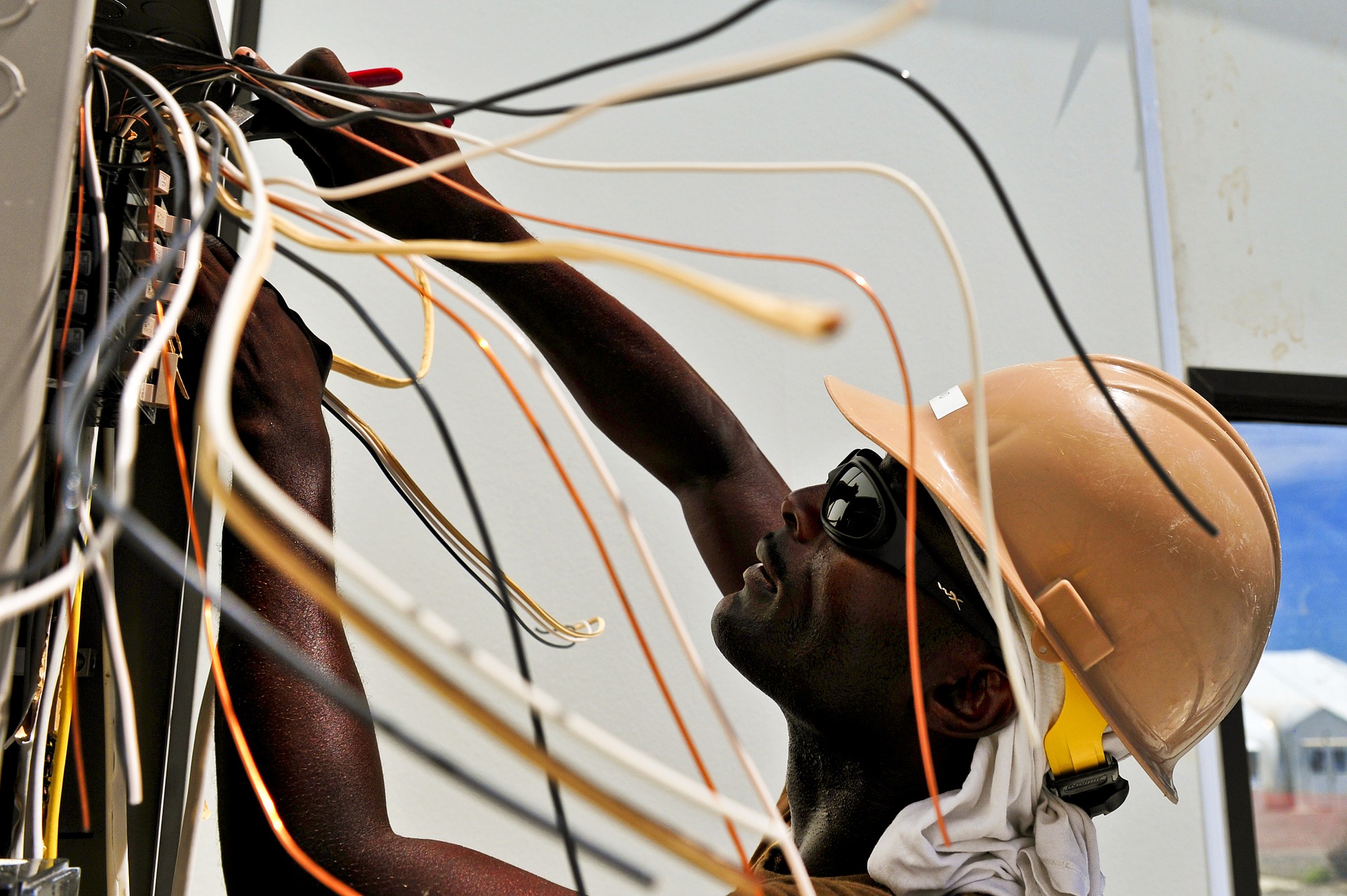Natural Ways to Remove Orange Mushrooms | Fast and Easy Techniques!
Mushrooms have many benefits for the environment. Its main role is to decompose organic matter. Most of the mushrooms that sprout in the backyard are edible, but not all of them. For instance, orange mushrooms might look tempting. Some are safe to eat while others are better not ingested.
Those who are not sure of the safety of the mushrooms prefer to remove them. To eradicate orange mushrooms without chemicals can be done in several ways. Here are some methods that can be done without the need for chemical fungicides.
Manual Removal
This is the easiest way to remove the orange mushrooms in your backyard. Make sure to protect your hands by using gloves. Carefully pull the mushrooms out of the ground and make sure to get rid of the ensure plant and its roots. Do not miss any part of the mushroom as it can grow back.
Mulching
Mulching is the process of putting down a thick layer of mulch over the affected area. This can help stop the growth of the orange mushrooms. Mulch prevents the sunlight from going through the soil while lowering its moisture level. This makes it difficult for the mushroom to thrive.

Use Natural Fungicides
Different types of natural fungicides can be used to stop the orange mushrooms from growing back. Here are some of the most common things that can be used which are often available in the pantry.
Baking Soda
Baking soda is a common natural fungicide that can be found in all homes. Baking soda is used for various applications – cooking, cleaning, pedicures, etc. This raises the soil’s alkalinity, killing mushrooms for days.
- Soak or spray mushrooms using a solution of two tablespoons of baking soda in a gallon of water.
Dish Soap
This is another quick way to remove mushrooms in your backyard. It works as fast as baking soda and is easily accessible in every home too.
- Make a solution of dish soap with water (recommended 1 to 2 tablespoons of soap into three gallons of water.)
- Create some holes around the mushrooms
- Pour the soap water solution over them and into the holes.

Vinegar
Vinegar is naturally corrosive. You must know how to properly use this in removing orange mushrooms in your backyard.
- Dilute vinegar to water using a 1:4 ratio. Mix well before spraying it on the mushrooms.
Regularly Inspect and Maintain the Area
To make sure that the mushrooms do not grow back take the time to regularly check the area where the fungi often grows. Get rid of any orange mushroom that you see and do not wait for it to grow. Keeping an eye out for these mushrooms and using the natural methods above can help stop the mushrooms from spreading and becoming a common backyard problem.
You must know how to identify mushrooms accurately before consuming them. While some orange mushrooms are edible, others can be toxic and may be hallucinogenic. Without proper expertise, it is safe to just avoid consuming them. Use the methods above to effectively remove the orange mushrooms from your backyard.






